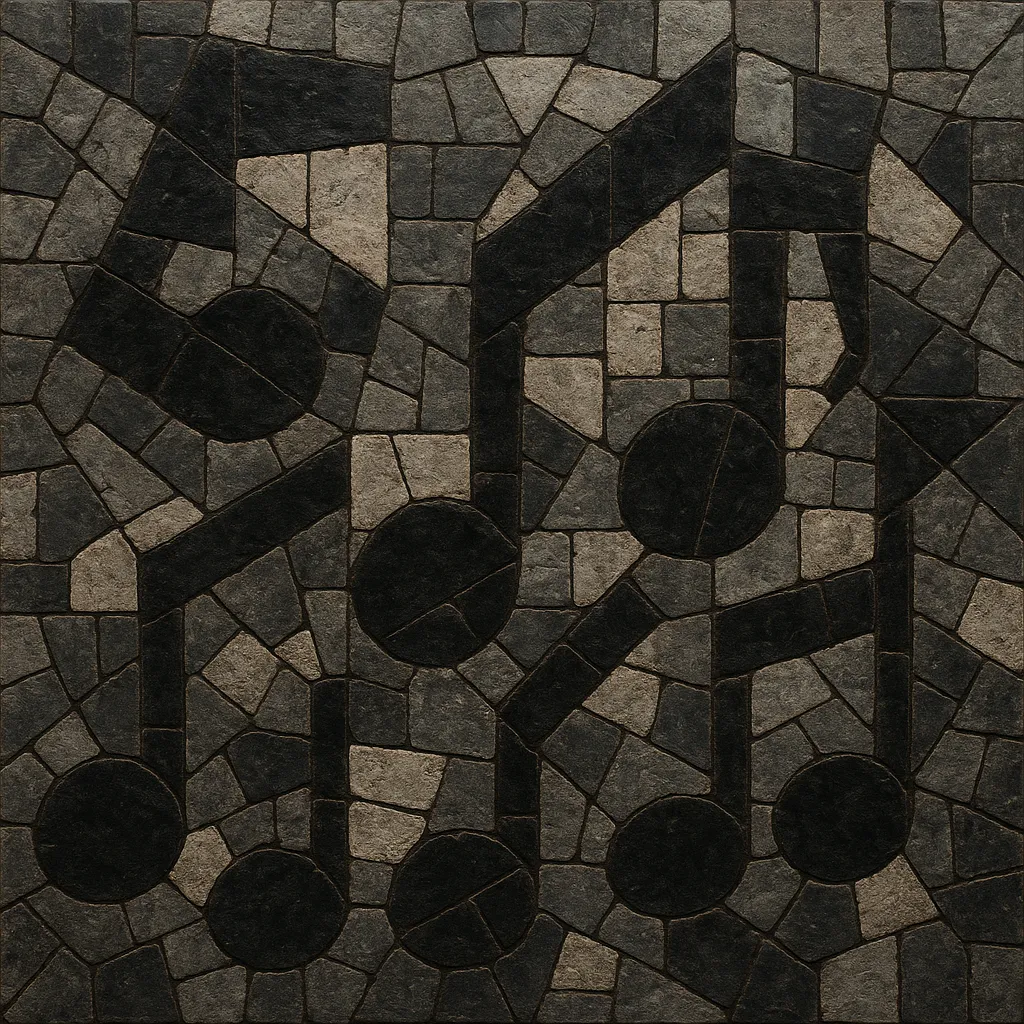No melody is a contemporary, production‑led hip hop/trap micro‑genre built around the deliberate absence of tonal melodies or chordal accompaniment. Instead of pads, keys, or sample loops, the arrangement relies almost entirely on drums, percussive one‑shots, and a tuned 808 that provides movement without outlining a singable motif.
The result is a stark, spacious, and highly percussive canvas that spotlights rhythm, timing, and vocal delivery. The 808 often functions as a rhythmic driver rather than a harmonic foundation, and negative space is treated as a core musical element. This aesthetic became prominent within the YouTube “type beat” economy and the Michigan (Detroit/Flint) rap wave, where conversational, deadpan, or punch‑in flows sit tightly over bouncy, minimalist patterns.
The no melody approach emerged from online beat communities and regional U.S. street‑rap ecosystems, most audibly the Detroit/Flint scene. Producers selling “type beats” on YouTube and beat marketplaces experimented with removing melodic loops entirely, letting drums and 808 movement carry the track. This starkness created space for talkative flows and bar‑to‑bar punch‑ins, which fit the irreverent, detail‑heavy writing style characteristic of Michigan rap in the late 2010s.
By the early 2020s, tags like “no melody type beat” and “no melody trap” had become commonplace, signaling a recognizable aesthetic: dry mixes, snappy drums, and an 808 doing most of the heavy lifting without a defined tune. The format spread via TikTok snippets, YouTube thumbnails, and producer pack marketing, becoming a go‑to option for artists wanting maximum vocal clarity and percussive bounce.
No melody is distinct from drumless hip hop (which removes drums but keeps harmony) and from sample‑driven styles (which foreground melodic samples). Here, percussion and low‑end define the groove, and silence is used as an arranging device. As the sound gained traction, it directly fed into a named substyle—no melody trap—while continuing to influence minimalist choices in modern street rap and club‑leaning beats.


